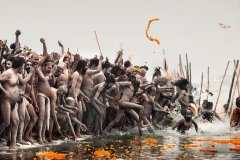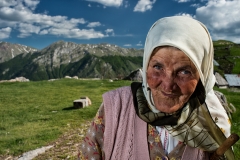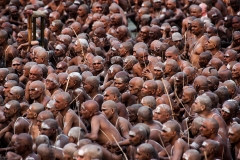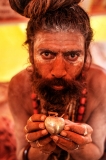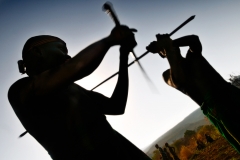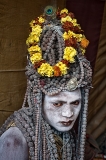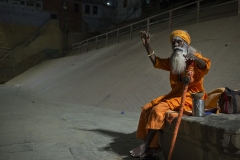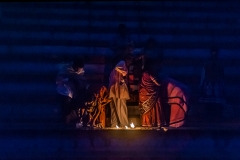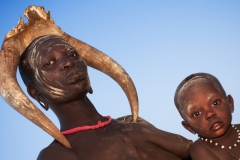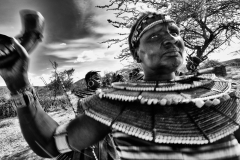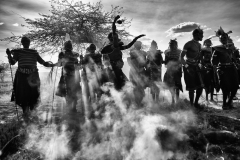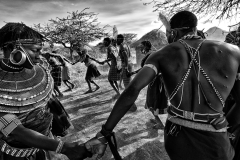Survived to Modernity. Visions from Past Worlds
Westerners commonly assume about our planet that it is a place where modernity, with its baggage of advanced technologies and homologated and homologating cultural models, has unquestionably had the upper hand over the tribal world, with its ancient traditions handed down from generation to generation for millennia.
In fact, in almost all the continents, there are many pockets of irreducible resistance to the unrelenting planetary progress, and thereof common understanding of it, which seem to radically contradict this vision. Thousands of ethnic groups, most of them at serious risk of disappearance, as well as religious and social groups in countries of the southern hemisphere, practice rites and follow norms of social organization dating back to remote times; and arrived to us, today, unchanged through a path lasting for millennia.
The red thread that links the images of the “Survivors of modernity” is the documentation of a lost time that in reality is so surprisingly present. An attempt, through the diffusion of knowledge, to defend and preserve from extinction and degradation a remote and important fragment of our humanity.
This is the case of the Maha Kumbh Mela, the most important Hindu festival, which takes place in four sacred cities of India, attracting tens of millions of people who belong to the most disparate social strata. Hindus have a similar common vision of their visit to Varanasi, the oldest inhabited city on Earth, with canonical ablutions in the sacred Ganga river.
In the remote Valley of the river Omo, in Ethiopia, where paleontologists have identified what may be the oldest known site of Homo sapiens, many of the tribes living there still use primitive technologies of the Age of the Stone, despite their continuous contact with tourism.
Such ancient ways of life are also characteristic of many of the ethnic groups that populate the Rift Valley in northern Kenya. In the Balkans, villages in remote mountains, which are difficult to reach, bring us back to a pre-industrial Europe that would be thought to have disappeared forever.
The red thread that links the images of the “Survivors of modernity” is the documentation of a lost time that in reality is so surprisingly present. An attempt, through the diffusion of knowledge, to defend and preserve from extinction and degradation a remote and important fragment of our humanity..

